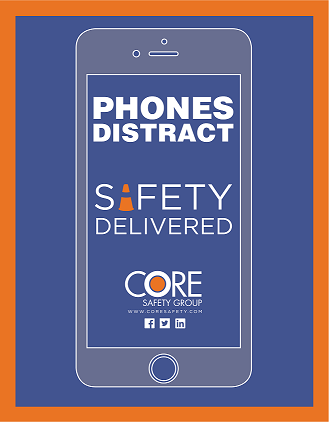
Technology on job sites offers unparalleled assistance to construction workers, but there’s one tool that field staff should always put away: their cell phones.
Cell phones are useful in daily life, but the complexity and risks of many tasks in construction make them life-threatening distractions on job sites. With a cell phone in hand, workers can’t see the potential hazards or complications, nor the value-generating opportunities on a job—they can only concentrate on the screen in front of them.
Though any form of distracted driving is dangerous, phone usage while operating a construction vehicle on a job site poses even more of a threat than driving on a public road. In addition to risking you and your team members’ lives, you’re also breaking the law.
OSHA standard 1926.1417(d) states, “The [crane or derrick] operator must not engage in any practice or activity that diverts his/her attention while actually engaged in operating the equipment, such as the use of cellular phones.” Phones may be used for signal communications, but OSHA requires that “the operator’s reception of signals must be by a hands-free system.”
Joseph Hrinik, an expert in occupational health and safety, points to two factors that apply in distracted driving (and distracted construction): reduced tactile dexterity and distraction causing delayed reactions. He applies these to the forklift environment, where he says cell phones should not be allowed.
The Mine Safety and Health Administration (MSHA) and the Association of Equipment Manufacturers (AEM) even jointly developed a safety alert that classifies cell phone usage during construction equipment usage a form of dangerous distracted driving.
The dangers of cell phone usage while driving easily translate into dangers of cell phone usage during operation of off-road construction equipment, and the only way to stay safe: put the cell phone away.